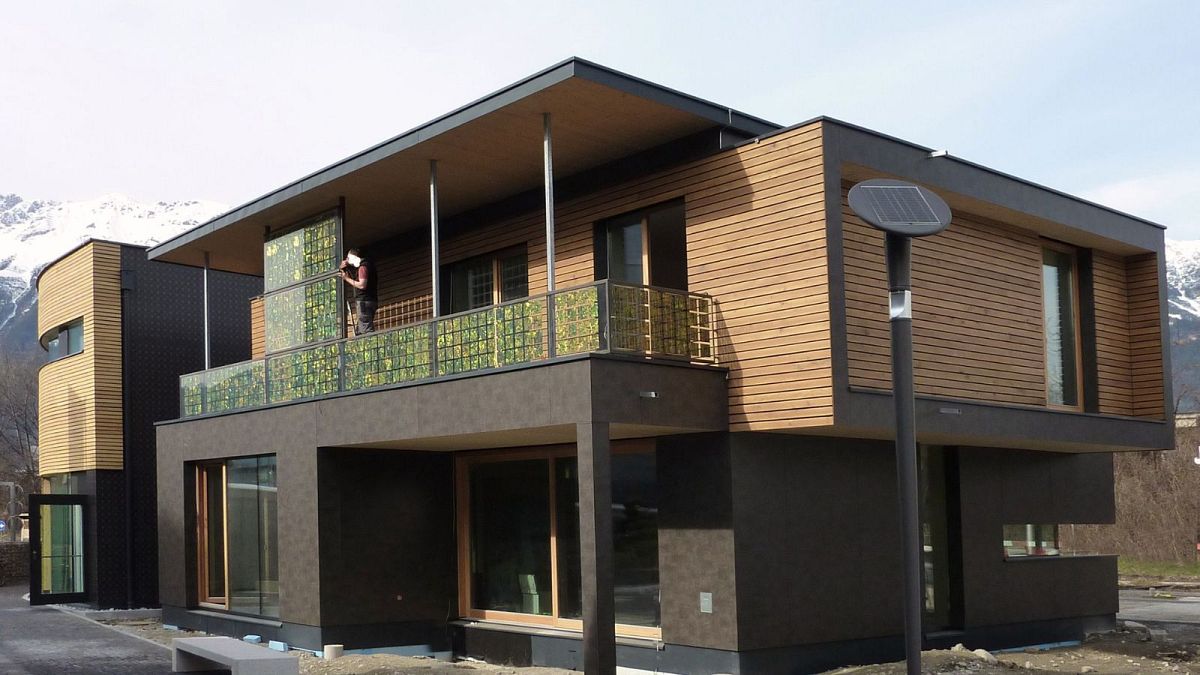So, I love solar stuff and watch a lot of YouTube content about it. I was watching one video where a guy had a Y&H branded microinverter that he plugged 4 solar panels into and then plugged that into an outdoor electric outlet. It could put around 1000w back into the house.
This seems pretty dangerous to me, but it worked for this guy. I have googled this and haven't been able to come up with a good answer.
This is not something I am going to do, but more of a theoretical question. I have an Anker 535 that I use for camping with a portable 100w solar panel. At home I have two 100w panels that I have mounted outside and I power a few things in my bedroom with. Amazon sells a short male to male cord which would enable me to plug it into my house. It puts out regular sine wave 110 (120? I dunno) power
What would happen if I did this?
I'm super curious as to the how and why and I'm not an electrical engineer.
Thanks fellas
This seems pretty dangerous to me, but it worked for this guy. I have googled this and haven't been able to come up with a good answer.
This is not something I am going to do, but more of a theoretical question. I have an Anker 535 that I use for camping with a portable 100w solar panel. At home I have two 100w panels that I have mounted outside and I power a few things in my bedroom with. Amazon sells a short male to male cord which would enable me to plug it into my house. It puts out regular sine wave 110 (120? I dunno) power
What would happen if I did this?
I'm super curious as to the how and why and I'm not an electrical engineer.
Thanks fellas



/cdn.vox-cdn.com/uploads/chorus_asset/file/25436922/IMG_4843.jpeg)

